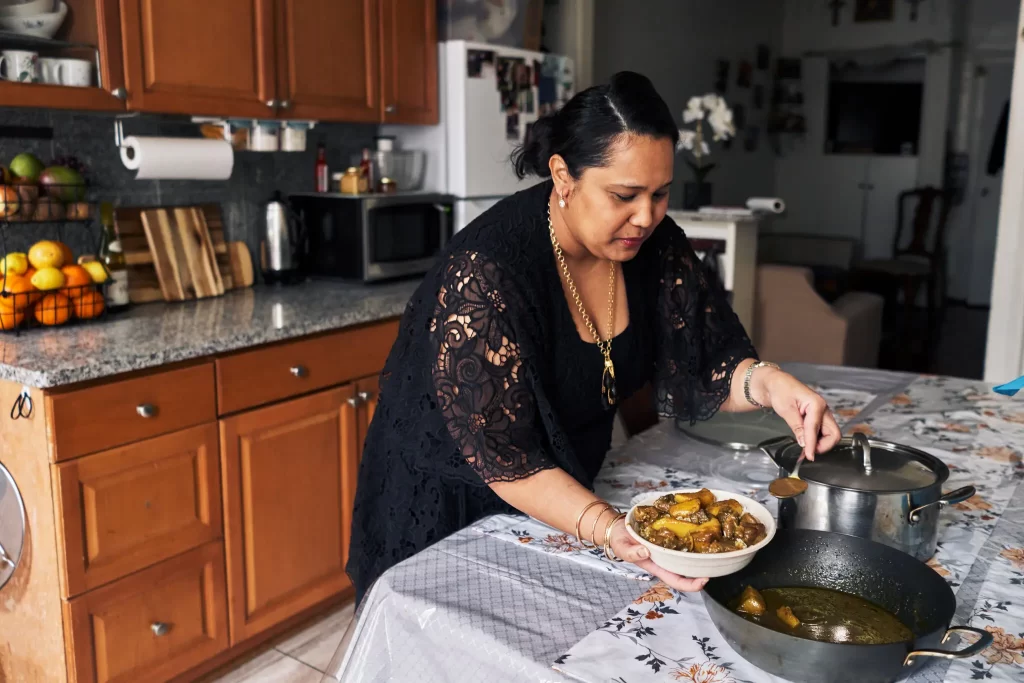(p. A17) Maya Cohen’s entree into the world of obesity medicine came as a shock.
In despair over her weight, she saw Dr. Caroline Apovian, an obesity specialist at Brigham and Women’s Hospital, who prescribed Saxenda, a recently approved weight-loss drug. Ms. Cohen, who is 55 and lives in Cape Elizabeth, Maine, hastened to get it filled.
Then she saw the price her pharmacy was charging: $1,500 a month. Her insurer classified it as a “vanity drug” and would not cover it.
“I’m being treated for obesity,” she complained to her insurer, but to no avail.
. . .
More than 40 percent of Americans have obesity, and most have tried repeatedly to lose weight and keep it off, only to fail. Many suffer from medical conditions that are linked to obesity, including diabetes, joint and back pain and heart disease, and those conditions often improve with weight loss.
“The evidence is now overwhelming that there are physical changes in weight regulating pathways that make it difficult for people to lose weight and maintain their weight loss,” said Dr. Louis Aronne, an obesity medicine specialist who directs the comprehensive weight control center at Weill Cornell Medicine. “It’s not that they don’t have willpower. Something physical is holding them back.”
. . .
“Access to medicines for the treatment of obesity is dismal in this country,” said Dr. Fatima Cody Stanford, an obesity medicine specialist at Massachusetts General Hospital and Harvard Medical School.
. . .
Douglas Langa, an executive vice president at Novo Nordisk, . . . said that diabetes and obesity were “separate categories, separate marketplaces” to explain the difference in price between the companies’ two drugs that were based on the same medicine, semaglutide. He said Wegovy’s price “reflects efficacy and clinical value in this area of unmet need.”
Dr. Stanford was appalled.
“It’s unbelievable,” she said, adding that it was a gross inequity to charge people more for the same drug because of their obesity. She finds herself in an untenable situation: getting excited when her patients with obesity also have diabetes because their insurers pay for the drug.
For the full story, see:
(Note: ellipses added.)
(Note: the online version of the story has the date May 31, 2022, and has the title “The Doctor Prescribed an Obesity Drug. Her Insurer Called It ‘Vanity.’.”)


